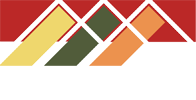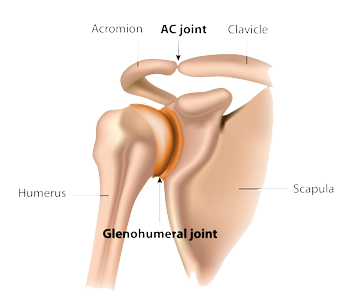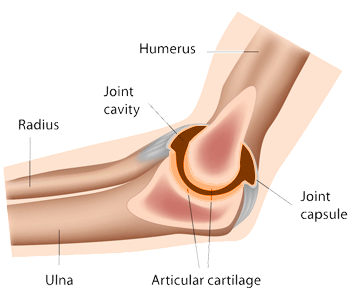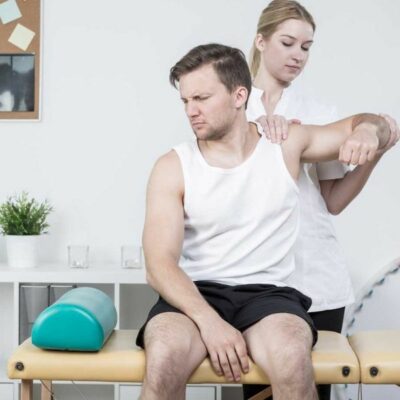Labral Tear Specialists
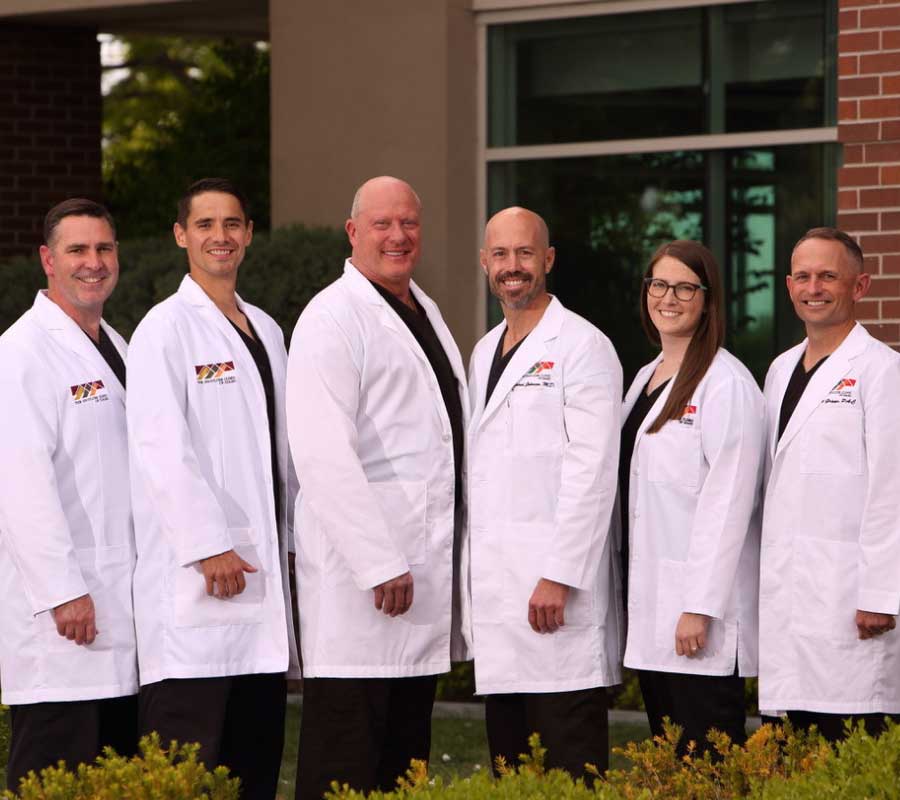
Are you an athlete who participates in sports that involve throwing overhead? If so, you may be at risk of developing a shoulder labral tear. A shoulder labral tear is a common injury sustained after a fall on an outstretched hand, from a sports injury or from natural degeneration of the labrum. The labral tear specialists at the Shoulder Clinic of Idaho provide diagnosis and both surgical and nonsurgical treatment options for patients in the Boise area who have sustained a shoulder labral tear. Contact the Shoulder Clinic of Idaho team today!
What is a labral tear in the shoulder?
The labrum, also called the glenoid labrum, is a type of cartilage found in the shoulder. It surrounds the base of the shoulder joint and deepens the socket to help the ball of the shoulder stay in place. It also acts as an attachment site for some shoulder ligaments and the biceps tendon. The shoulder joint is often compared to a golf ball and tee, where the rim of the tee, surrounded by the labrum, deepens the socket of the tee and helps to hold the ball in the socket. When there is an injury to the labrum, such as a dislocation, the labrum cartilage can be peeled off the rim of the socket; this is called a labral tear. Patients in Boise, Meridian, Nampa, and the surrounding communities of the Treasure Valley who have experienced a shoulder dislocation or labral tear can be treated by the shoulder specialists at The Shoulder Clinic of Idaho. They provide the best, most up-to-date, and efficient orthopedic care in the area and have extensive experience in helping patients with shoulder pain and labral tears.
The shoulder specialists at The Shoulder Clinic of Idaho have specialized training in arthroscopic treatment of labral tears and dislocated shoulders. They also have experience in treating patients who remain symptomatic despite previous shoulder treatment, who still have problems associated with labral tears and shoulder instability. These situations may require specialized shoulder training and experience to not only repair the labral tear, but it may also require reconstruction of the socket of the glenoid with new bone so that the labral tear and symptoms of pain and instability do not recur.
What is a SLAP tear?
There are different types of labrum tears in the shoulder. Some tears can occur where the labrum is torn completely away from the bone. These types of tears can occur acutely and can be associated with shoulder trauma or a shoulder injury, such as a dislocation or subluxation of the shoulder. A SLAP tear in the shoulder refers to the location of the tear: Superior Labrum Anterior and Posterior, meaning the tear is located at the top of the shoulder socket and involves the attachment site of the biceps tendon. A SLAP tear can be caused by a traumatic injury or it can be caused by specific repetitive overhead activities like the activities experienced in baseball, football, tennis, volleyball, or other overhead sports that cause repetitive stressful use of the shoulder.
What causes a labral or SLAP tear?
A tear of the labrum in the shoulder can be caused by one of three things:
- Overuse – Repeated overhead forceful motion, such as the overhead motion experienced during a sporting activity can cause a labral tear.
- Injury – A fall on an outstretched arm can cause a SLAP tear. The labrum can also be torn by a significant pull on the shoulder and arm (traction injury) due to a significant injury which can occur during work or sports.
- Wear and Tear – Age is the most common factor in a labrum that wears down over time and is torn. The cartilage becomes more brittle and less flexible with age, making labral tears more common in people over 50. Some tears of the labrum can be a normal finding in the aging shoulder and may not require specific treatment.
What are the symptoms of a shoulder labral tear or SLAP tear?
- Deep pain within the shoulder joint
- Shoulder pain with overhead motion
- Shoulder weakness, as a result of pain and guarding
- Decreased shoulder range of motion
- A “popping” or “clicking” sensation in the shoulder joint
- Shoulder stiffness and a decrease range of motion – particularly in throwing athletes (this is often referred to as G.I.R.D – glenohumeral internal rotational deficit)
- Shoulder instability with or without shoulder joint dislocation
Have you sustained a labral and/or SLAP tear of the shoulder?
There are two ways to initiate a consultation with the Shoulder Clinic of Idaho:
You can call our office and schedule an appointment with one our shoulder specialists.
You can schedule an office consultation with a member of our shoulder team.
How is a labral and SLAP tear diagnosed?
The specialists at The Shoulder Clinic of Idaho, serving Boise, Meridian, Nampa, and the surrounding communities of the Treasure Valley, will conduct a thorough examination to determine if there is a labral tear, SLAP tear or if there are any other injuries to the shoulder. During the exam, your doctor will discuss the normal and abnormal characteristics of the labrum, and will help identify if there is a tear of the labrum and whether or not that labral tear is associated with a sports injury, trauma or work-related injury. An X-ray of the shoulder may be used to see if there is any other shoulder injury present associated with the labral tear, such as bone involvement with the injury. Most often an MRI scan, will be used to help identify a possible labral tear and its location within the shoulder joint.
What is the treatment for a labral tear or SLAP tear?
Non-Surgical Treatment:
Conservative treatment may be recommended for certain labral tears. SLAP tears can be treated with rest, anti-inflammatory medications and in some cases, physical therapy or an injection of a corticosteroid – such as cortisone. This is followed by gradual stretching exercises and eventually physical therapy to build the muscles surrounding the shoulder joint. Non-surgical treatment of a torn labrum may be acceptable for patients who do not engage in regular physical activity or overhead work, or who are not having symptoms related to their torn labrum.
Surgical Treatment:
If conservative treatment and therapy have failed to alleviate pain, or if the patient regularly participates in sports or overhead work, an arthroscopic shoulder surgery may be recommended. The specialists at The Shoulder Clinic of Idaho will use a tiny camera and small surgical instruments to perform one or more of the following procedures:
- Debridement: Also called shaving, debridement smooths the jagged edge of the labrum. This is used if the tear is stable and does not involve the biceps tendon. It is very similar to trimming a meniscus in the knee with an arthroscopic surgery.
- SLAP Repair: Performed by reattaching the labrum to the shoulder socket, using strong sutures. Athletes and patients who want to remain active in sports or overhead work, who have an otherwise healthy shoulder are ideal candidates for this common procedure.
- Labrum Repair: The labrum is reattached to the bone in the glenoid cavity using strong sutures and anchors. It is vital to follow the recommended rehabilitation protocols after this type of meticulous surgery.
For additional information about Labral Tears or SLAP Tears in the shoulder, please visit The Shoulder Clinic of Idaho, serving Boise, Meridian, Nampa, and the surrounding communities of the Treasure Valley.
